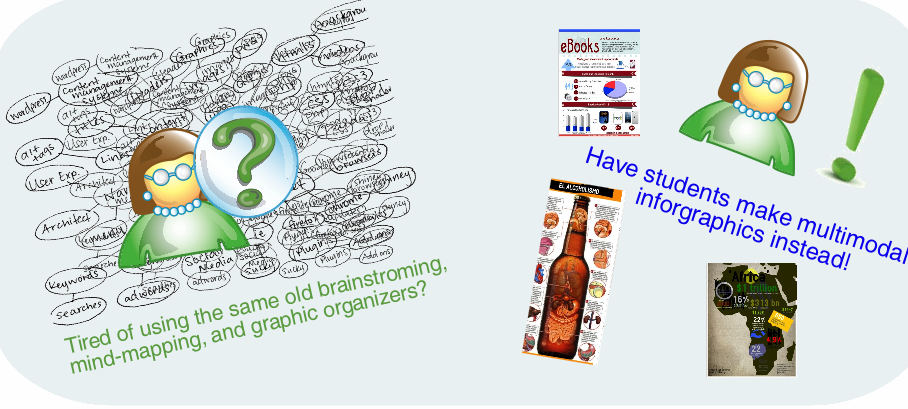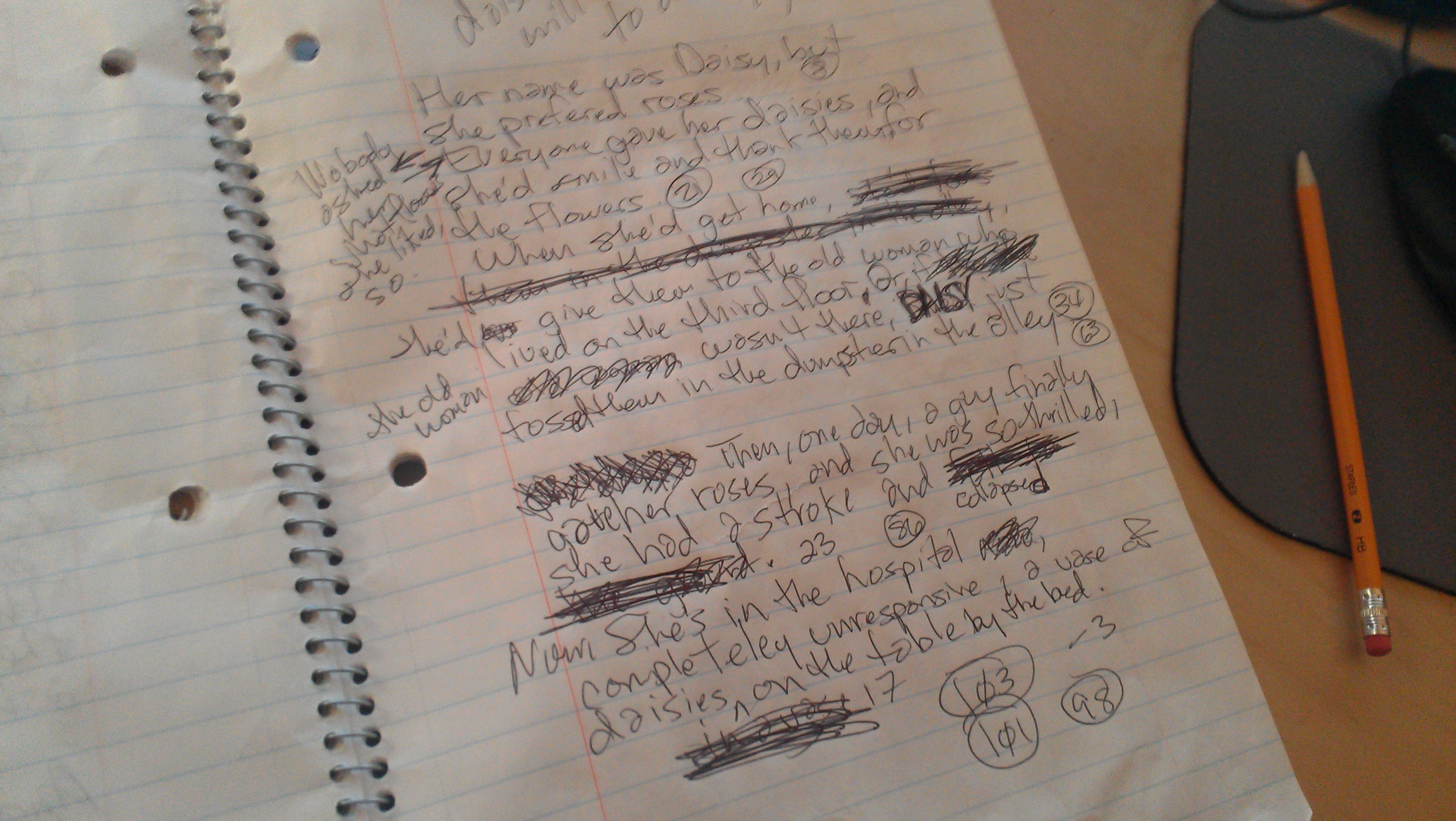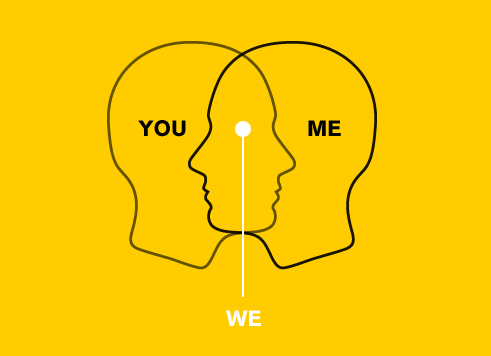
By: Ben Causey
Ben Causey is a MA in English (Teaching of Writing & Literature concentration) student at George Mason University. He is also an active-duty Marine and currently teaches instructional methods at Marine Corps University in Quantico, Virginia. You can contact Ben at benjamin.causey@usmcu.edu.
Students are often encouraged to formally prewrite, outline, or somehow plan their written course work. Often, they are reluctant to conceptualize their thoughts outside the pages of their written assignments. Over forty years ago, Janet Emig (1983) realized that “able student writers voluntarily do little or no formal written pre-figuring, such as a formal outline, for pieces of school-sponsored writing of five hundred or fewer words” (p. 92). Since then, we have recognized the need for students “to draw upon a wider range of communicative resources than courses have typically allowed” (Shipka, 2005, p. 299), Students have also gained access to a host of software and media tools that allow them to compose in creative new ways. Infographics can fulfill the need for students to plan and re-conceptualize their written work, as well as provide a fresh alternative to the typical written assignment. When students are too preoccupied with language, grammar, and form to participate meaningfully in the disciplinary discourse, infographics can free students from some of those restraints so they might think more clearly.


